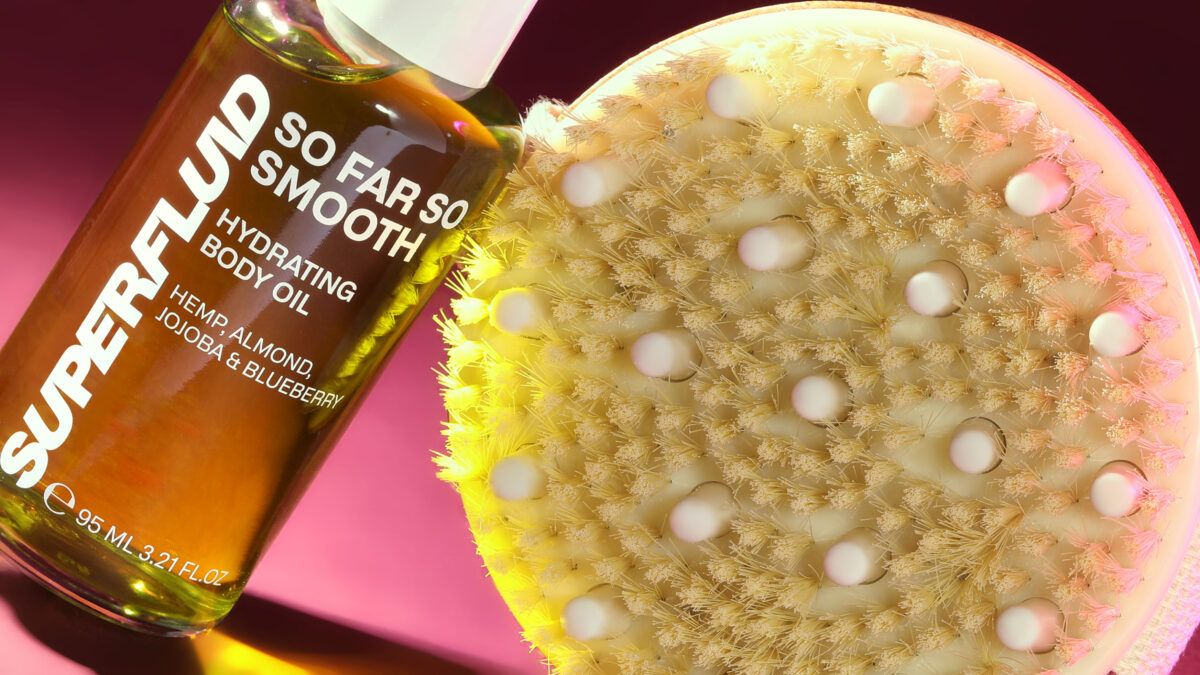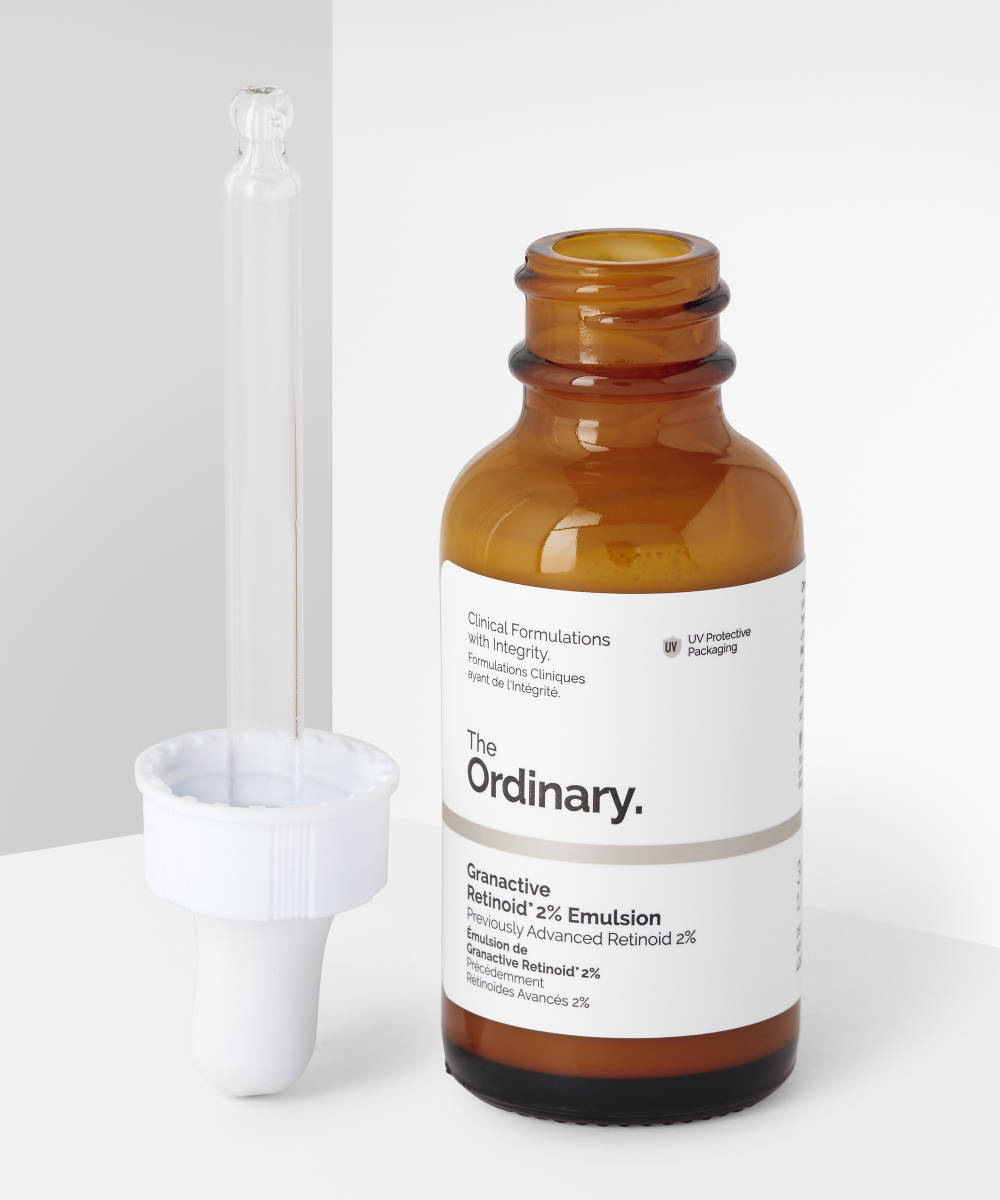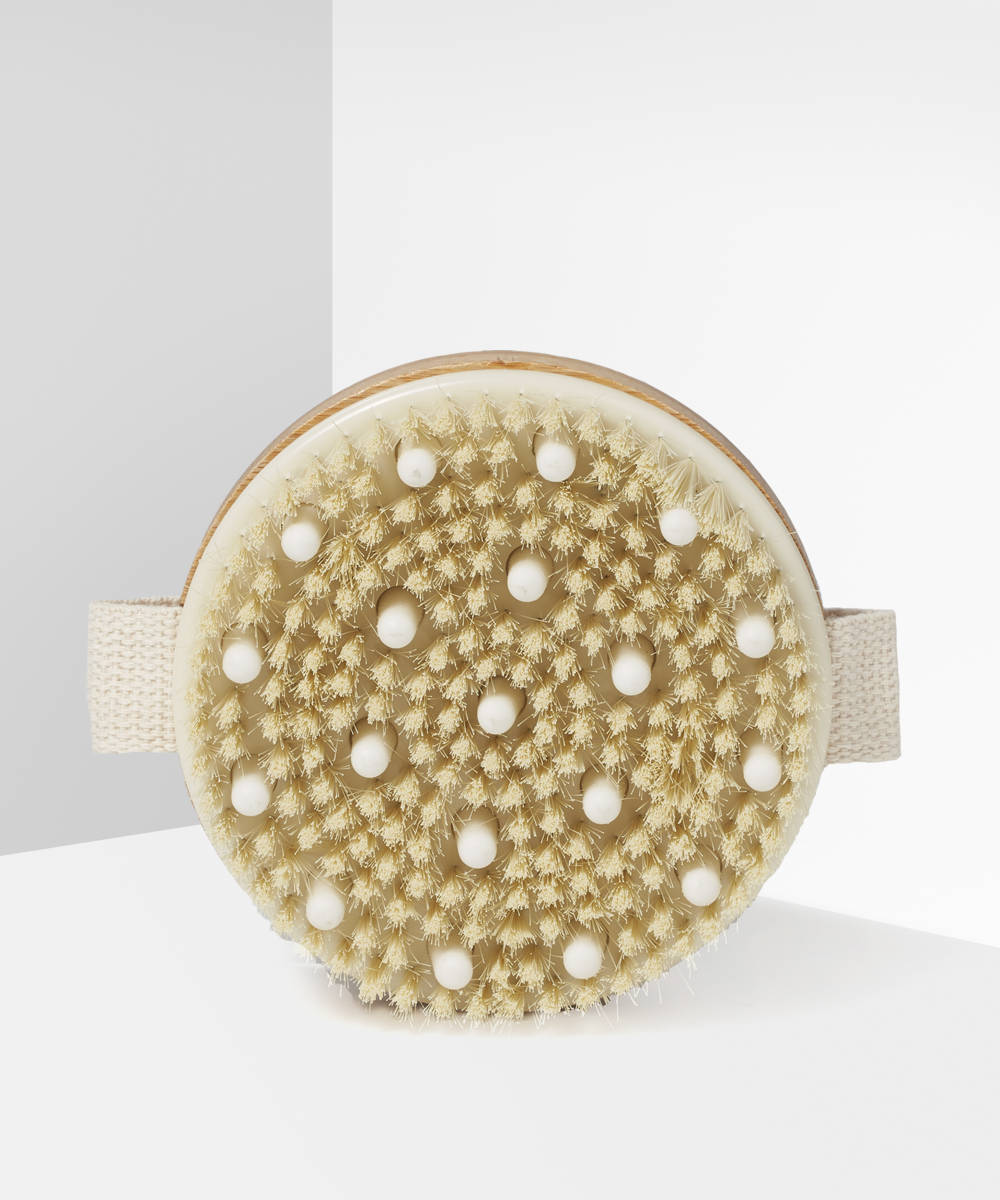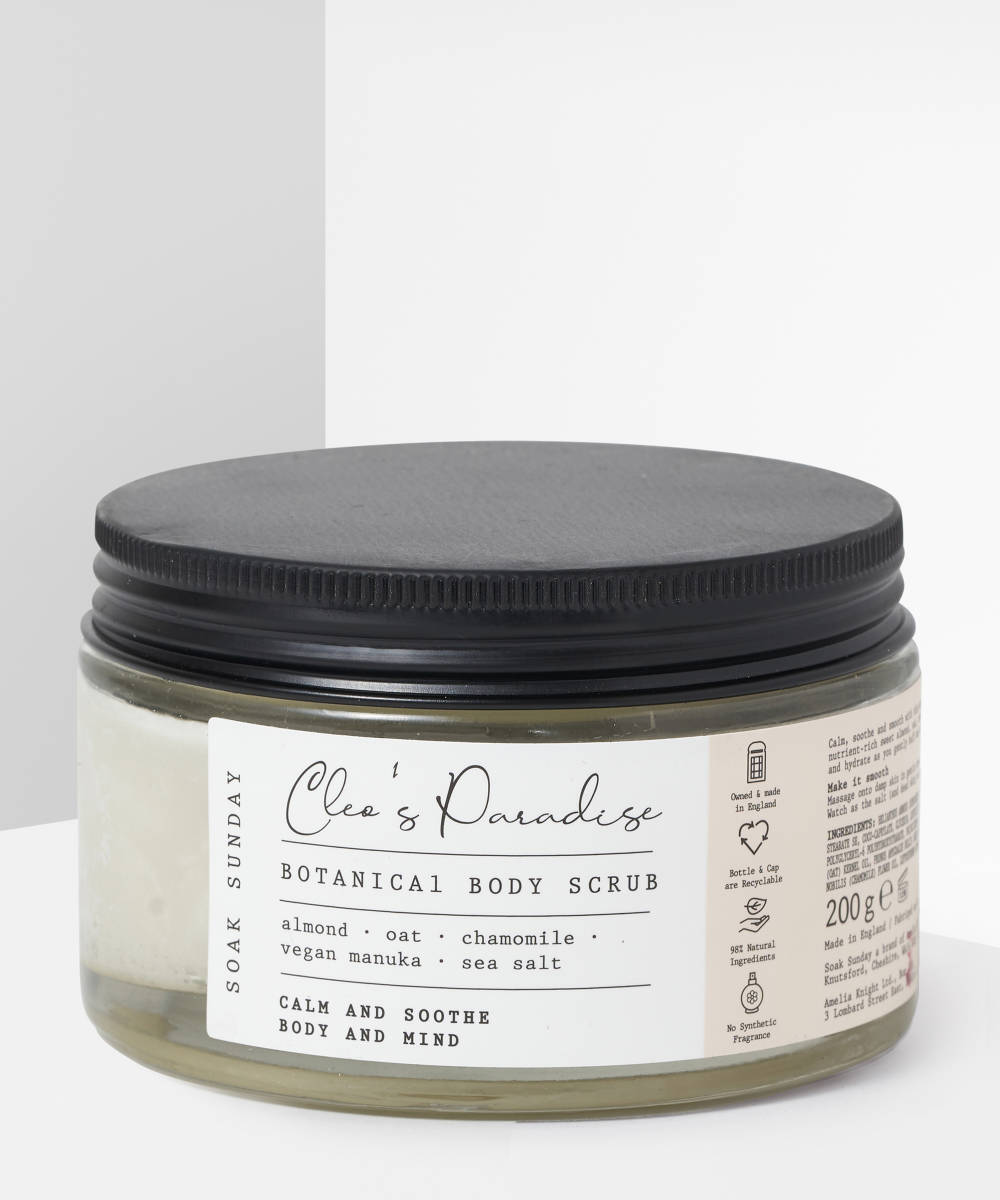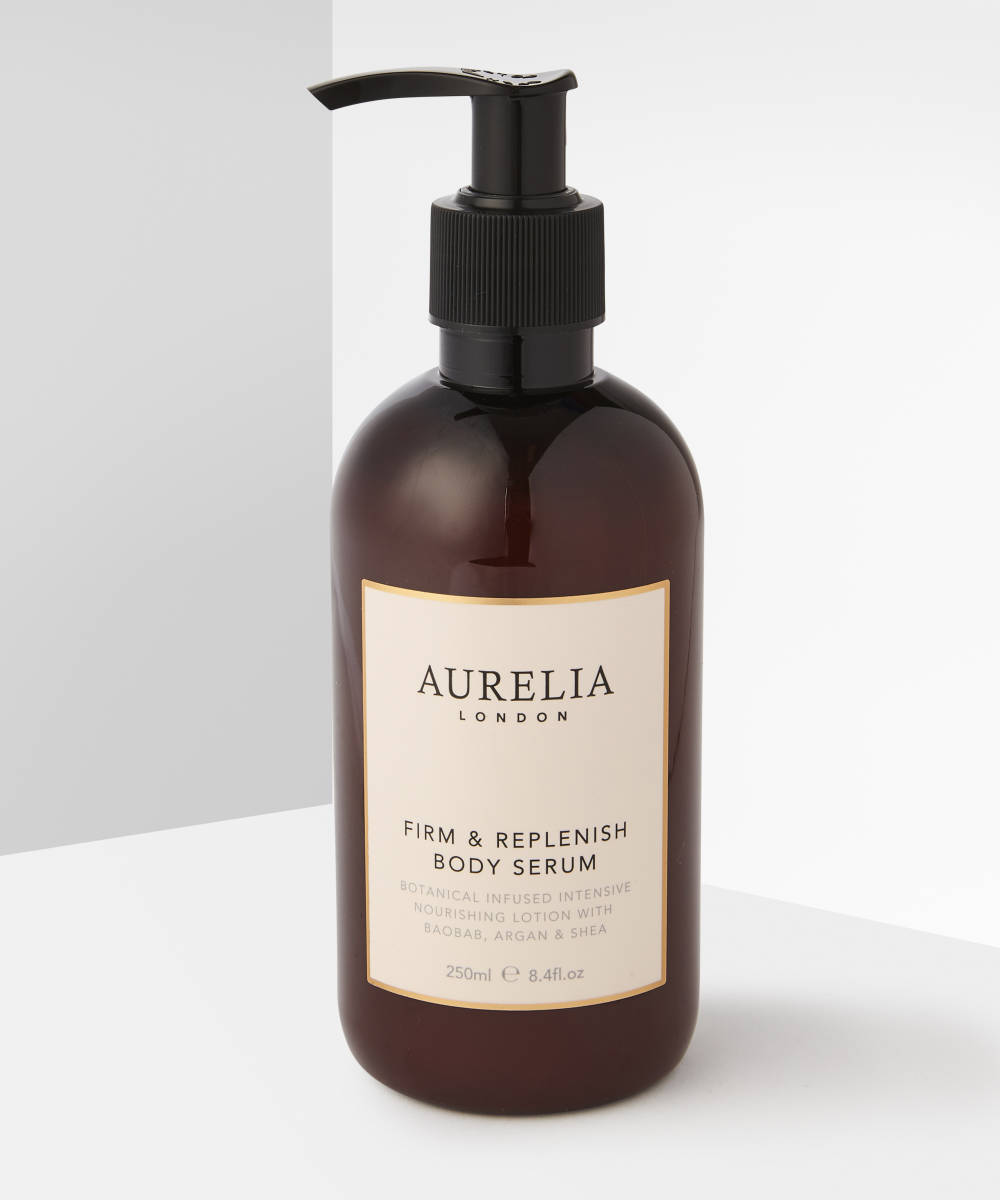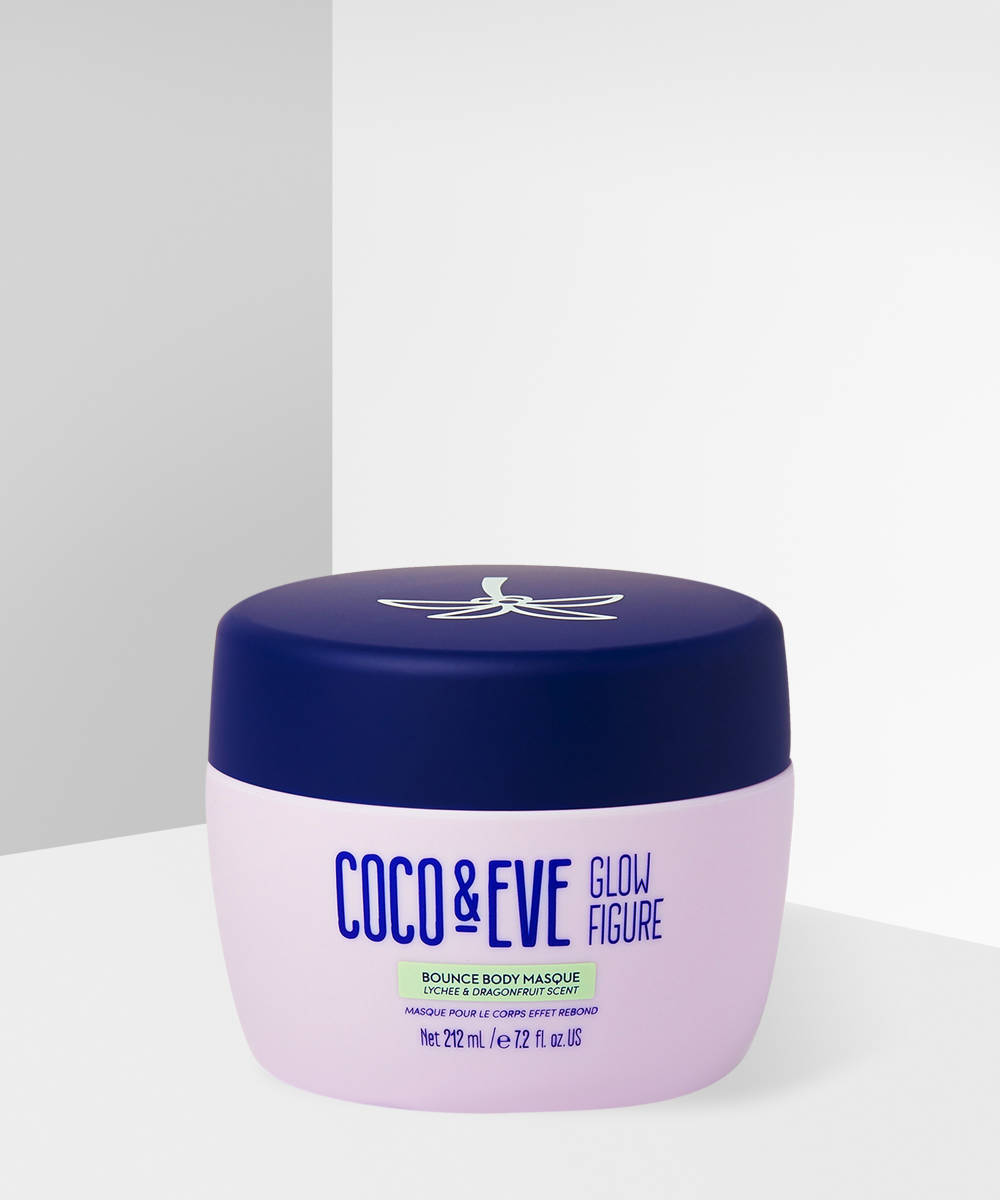Dear Grace,
Like everyone I have cellulite. Even though I shouldn’t be embarrassed about it, I am, and I worry about how it looks. I have it at the top of my thighs and underneath my bum. I’ve heard it’s normal, I’ve heard it can’t be changed, and I’ve heard it’s something I’m doing wrong. So, what’s the truth? Do I have to grin and bear it or is there something I can do to get rid of it? Please help me get in my bikini without worrying!
Layla
Firstly, having cellulite is a totally normal part of being human. It’s not directly impacted by your diet, weight, or bodycare routine, and it’s also incredibly common – up to 90% of women and 10% of men experience it. As with so many body-related things, genetics do play a part, so if your parents or grandparents experienced cellulite, it’s likely you will too.
If you’re reading this and wondering just what cellulite is, it’s characterised by skin that has a lumpy, dimpled appearance. It’s usually visible around the thighs and bum, but can also appear on your stomach and arms. Basically, beneath our skin is a layer of fat, which is held in place by a layer of fibruous tissue (picture this like a mesh). Sometimes, the fat cells can clump together and start to push through the ‘holes’ in this mesh and up against the skin. This is what creates the appearance of the bumps and dimples we know as cellulite. It doesn’t pose any health risks and it doesn’t mean that you’ve got excess fat – more weight can increase its appearance, but ultimately it’s more about the structure of fat than the amount of it.
So no, you’re not doing anything wrong, and no you’re not alone in your experience. Unfortunately, over the years misconceptions about cellulite and myths about its causes and cures have been spread, meaning that a lot of people feel insecure and self-conscious about it and increasing searches for ‘cellulite cures’ have labelled it as a top cosmetic concern. The thing is, there is no cure for cellulite, because really, there’s nothing to cure – it’s a totally normal physical attribute which most people experience.
While cellulite is absolutely nothing to be ashamed of, it can be hard to get out of that mindset, so I understand why you’ve expressed worry and embarrassment. While nothing can change the anatomy that causes cellulite, there are things that can be done to reduce its appearance – although the impact can be minimal and can take time to see results. Professional laser treatments which break up the tissue can minimise the appearance of cellulite for up to a year, and applying retinol can help to thicken the skin (which reduces the appearance of the dimples) but would need to be applied consistently for at least six months. Firming moisturisers can have the same effect – by strengthening skin they make it more resistant to the pushing of the fat cells, and the massaging action of applying them can help to stretch tissue. Similarly, dry brushing or exfoliating with a grainy scrub can help to strengthen tissue and plump up skin so that it appears smoother and more even.
Ultimately, cellulite is non-threatening, super common, and isn’t a ‘problem’ that can be ‘fixed’. Whether you choose to embrace it, ignore it, or experiment with any of the above techniques, it’s important to remember that how you feel about your body and what you do about it is totally up to you.
Grace's Top Product Picks For Cellulite
If you have a question for our resident beauty editor and esthetician Grace Day, tweet us at @beautybay using the hashtag #AskGrace for a chance to be featured.
